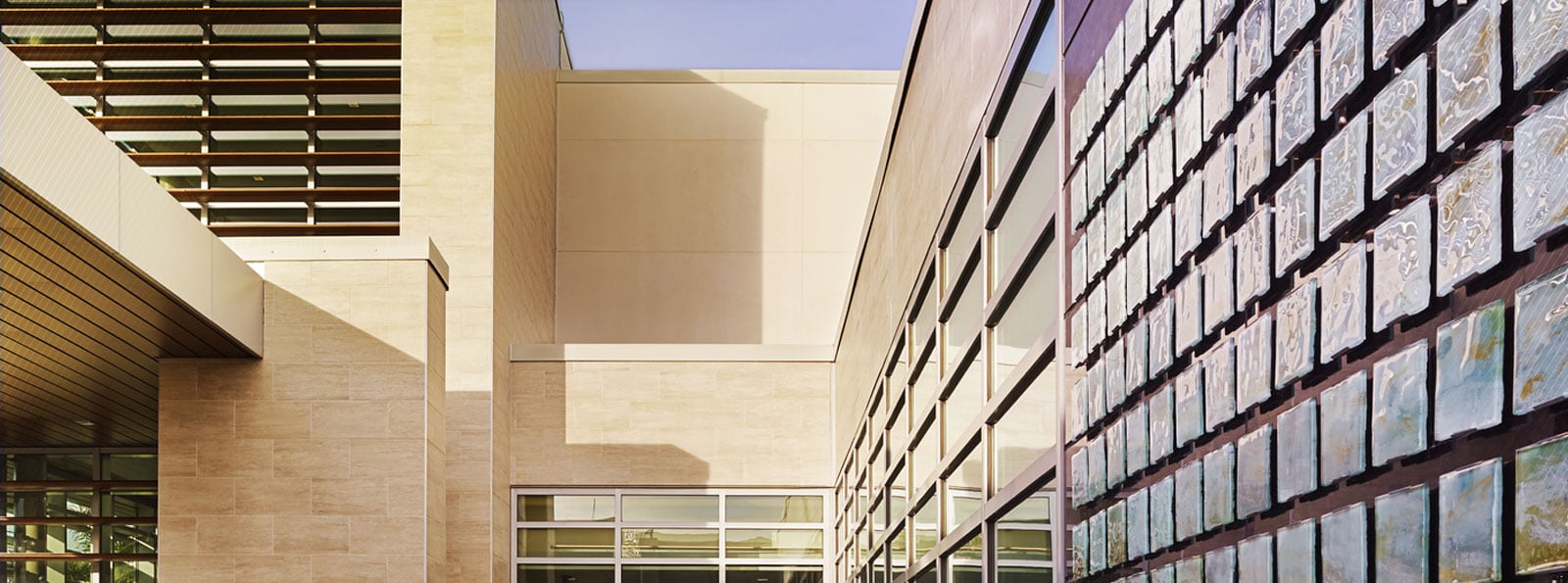One of the first questions asked when working with healthcare systems to design a space is, “Do you have standards”. The term has come to have a negative connotation over time due to the challenges and failures of previous standards programs. Often systems struggle with maintaining accountability for standards implementation; the standards become either out dated or so prescriptive that they stifle creativity.
The fact remains, however, that a system’s ability to control their branded design message across multiple buildings and campuses while creating awareness for the public gives them a distinct advantage. Whether the aim is to create an upscale patient atmosphere or align the branding across campuses, successful standards convey the brand image and support a system’s mission. Each Starbucks configuration is different but the design intent and brand is always present. However, many systems have struggled to find this balance, including clients like Kaiser Permanente.
Previously, Kaiser’s approach was very prescriptive, providing design teams with the exact materials and color palettes to use. Over time, they found that this standardization was hindering design creativity. They’ve moved away from this approach and have instead focused their guidelines around the chemical content of materials, exclusion of heavy metals and the environmental impact of a material. This ensures that they have control over the types of materials used within their facilities, while allowing designers and firms the opportunity to bring their creative touch to each project. This directional shift has also allowed the palette and design to have a more-regional connection by responding to a project’s location in relation to the color palette, design statement and artwork for each individual project.

Guidelines, Design Toolkit or Standards, whatever terminology a system choses to use, the importance and fundamentals of the program remain the same. All systems should consider implementing a program that allows for a certain level of flexibility, can be easily updated and maintained by the system, and be delivered to consultants for implementation in a readily available format. With these guiding principles, you will format a program for longevity.

